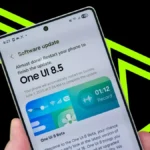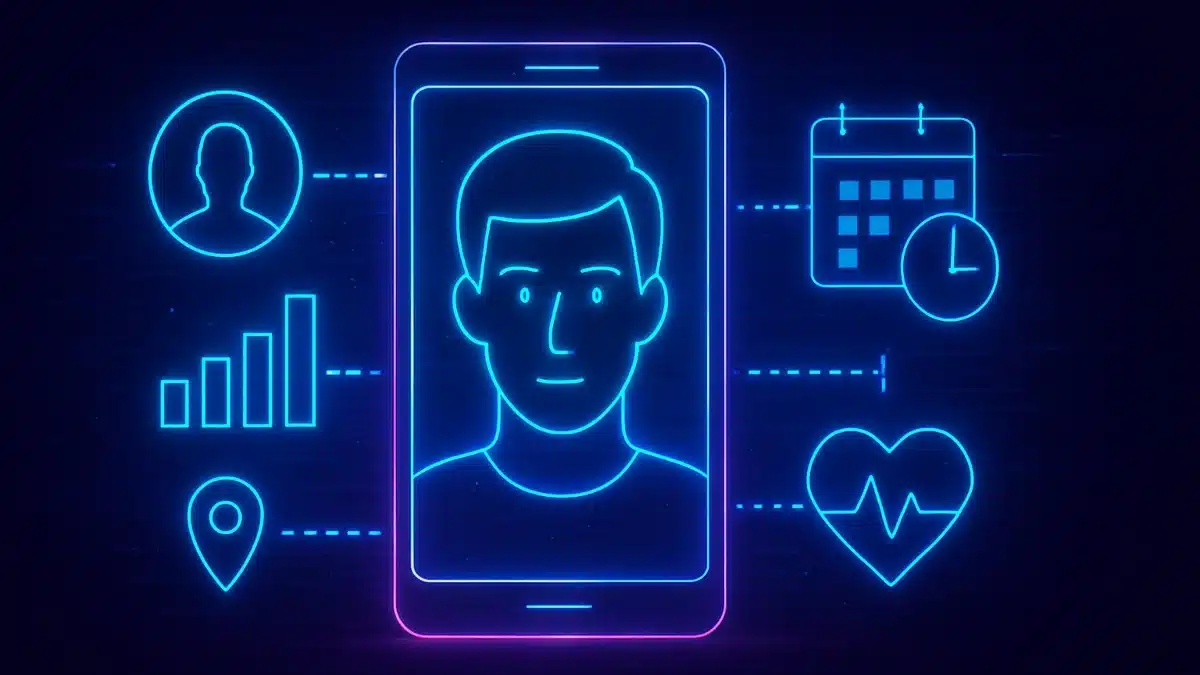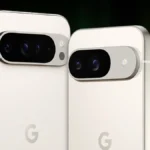How Phones Predict Your Age And Habits Silently: Every tap, swipe, and pause on your phone leaves a digital fingerprint more revealing than you might realize. While you scroll through apps or make calls, algorithms quietly piece together surprisingly accurate predictions about who you are, including your age, with unsettling precision.
Your device doesn’t need your birthday. It learns from patterns invisible to you but clear to machine learning systems trained on vast datasets. Younger users text in quick bursts, while older adults write more deliberately. How often you communicate, your app habits, and interaction rhythm all create a portrait that sophisticated profiling systems can decode.

How Phones Predict Your Age
Research shows phones can predict demographic info with impressive accuracy using just usage data. According to researchers analyzing mobile phone communication patterns, scientists found they could classify users into age groups with around 60 to 70 percent accuracy, depending on the dataset.
Behavioral signatures differ by life stage. Teens and young adults engage in rapid, short communications with wide social networks, while middle-aged users follow steadier patterns – longer calls, more focused app use, and smaller but consistent circles. Gen Z might fire off dozens of messages daily, Baby Boomers prefer longer, meaningful calls, and Millennials fall in between.
Patterns Powering Technology
Machine learning excels at spotting subtle differences across massive datasets. Studies show communication patterns alone can predict not just age groups but also gender relationships. Combining multiple signals like call timing, message length, app usage, and social networks improves accuracy further.
These same methods power ad targeting, social media feeds, and Artificial Intelligence assistants. Every interaction teaches these systems more about you, refining predictions and behavioral models.
Profiling in the Background
The most sophisticated profiling happens silently. Phones can track typing cadence, scrolling style, and other interaction data. These “phoneotypic” characteristics form unique signatures revealing demographic and behavioral traits.
Consider how differently a 65-year-old and a 16-year-old navigate social media. The teenager scrolls rapidly, double-taps constantly, and jumps between conversations, while the older user moves deliberately, pauses longer, and engages less frequently. These differences feed vast profiling systems.
Unlike surveys, behavioral profiling happens without explicit consent. Every action adds to algorithms quietly building detailed models of who you are.
Benefits and Risks
This tech has benefits. Developers can create more relevant content, healthcare apps can adapt communication, and emergency services can prioritize users.
But it also enables powerful tracking and advertising. Companies infer your age, income, and interests from behavior, creating shadow profiles that sometimes feel like they know you better than you know yourself. Mistakes in classification can range from annoying to discriminatory. Some studies suggest phone usage may even hint at emotional states, though results are limited.
The Bigger Picture
Your phone already knows far more than you think: your age, likely income, relationship status, and hints about your mood. The real question isn’t whether this profiling happens, but whether we will find ways to control it.
Until then, every interaction with your device adds to a digital profile more detailed than any survey. Your phone isn’t just for communication; it’s a behavioral monitoring system that never stops learning about you.
ALSO READ: The BlackBerry Classic Is Back In 2025: Physical Keyboard, Android 13, And A Whole Lot Of Nostalgia

















